MarkLogic

MarkLogic: Enterprise NoSQL Database & Search Platform
MarkLogic combines database, search, and application services in a unified platform for building content applications with high flexibility, scale, and performance.
What is MarkLogic?
MarkLogic is an Enterprise NoSQL database platform optimized for building content-driven applications. It combines the features of a database, search engine, and application platform into a unified system.
Some key capabilities and benefits of MarkLogic include:
- Document-oriented database with support for multiple data models like JSON, XML, graphs, geospatial, and more
- Powerful indexing and search capabilities like full-text, word Searches, proximity Searches,geospatial search and more
- Enterprise grade security features like role-based access control, encryption, redacting and masking sensitive data fields
- Horizontal scale-out architecture allowing to scale storage and query performance linearly as database grows
- High availability with distributed replicas, failover, and disaster recovery
- Support for many application integration patterns like REST APIs, message queues, batch/bulk loading
- SDKs for various languages like Java, Node.js, Python to simplify application development
MarkLogic is well suited for building modern applications that need to store large volumes of heterogeneous data, require fast and complex search capabilities, and demand enterprise grade security and reliability.
Its flexibility to store any data model combined with powerful search makes it ideal for use cases like content management, customer 360 applications, knowledge graphs, metadata hubs, and more. Leading organizations across industries like financial services, government, healthcare, and media rely on MarkLogic as their strategic Enterprise NoSQL database platform.
MarkLogic Features
Features
- Document-oriented database
- Full-text search
- Graph database
- Semantic capabilities
- Multi-model capabilities
- Horizontal scaling
- High availability
- ACID transactions
Pricing
- Subscription-Based
- Pay-As-You-Go
Pros
Cons
Official Links
Reviews & Ratings
Login to ReviewThe Best MarkLogic Alternatives
Top Business & Commerce and Database Management and other similar apps like MarkLogic
Here are some alternatives to MarkLogic:
Suggest an alternative ❐SQLite
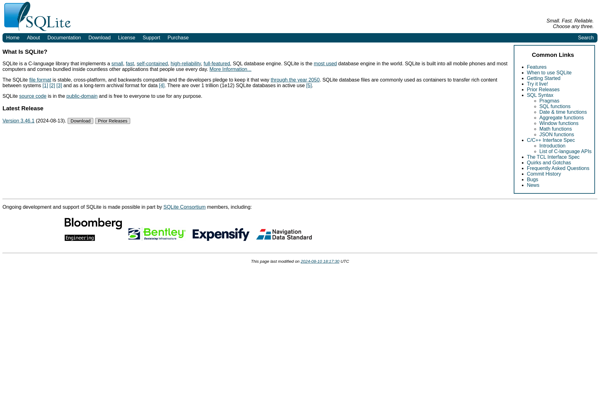
MongoDB
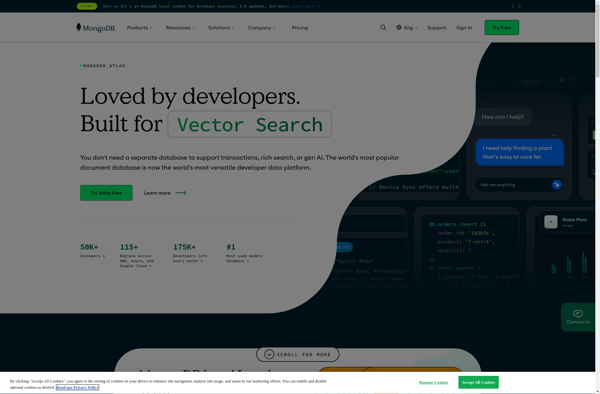
PostgreSQL
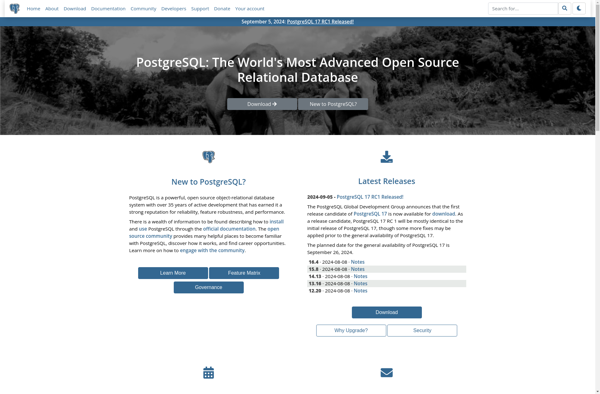
MySQL Community Edition
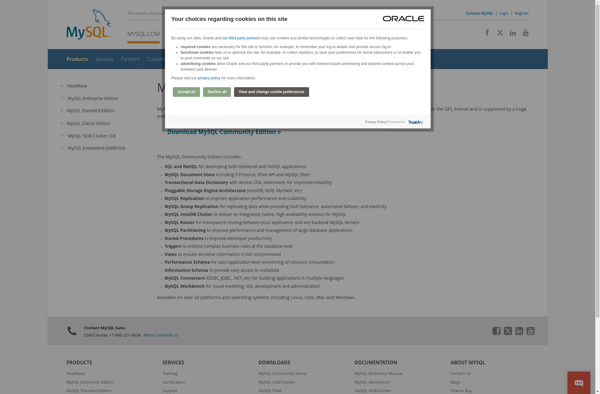
MariaDB
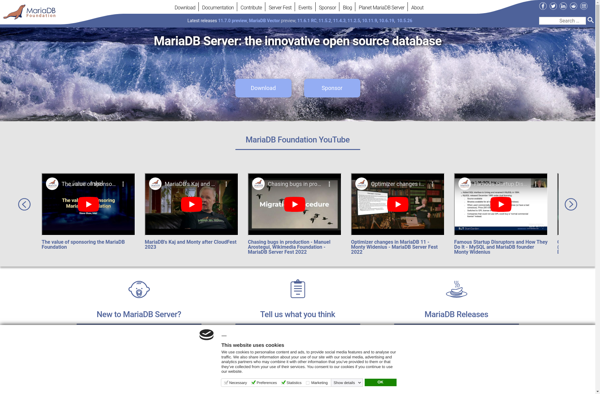
CouchDB
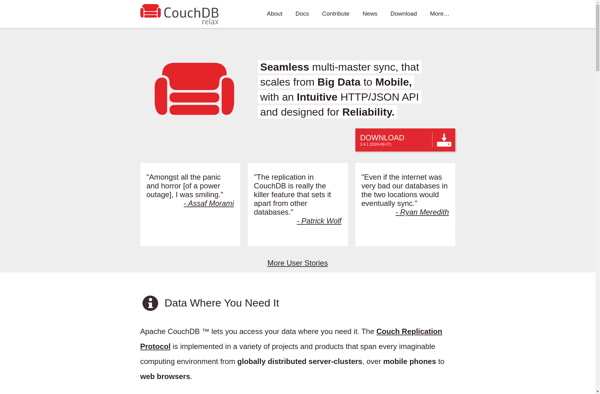
Microsoft SQL Server
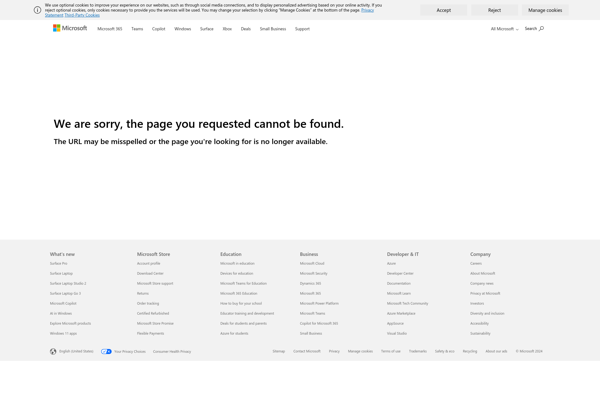
MemSQL
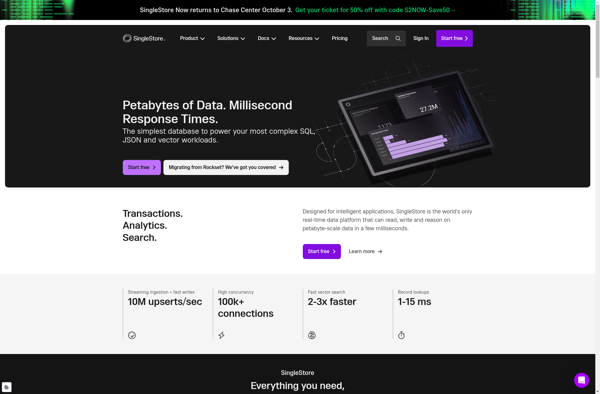
GraphDB

Amazon Neptune
